Treatment of coxarthrosis of the hip joint
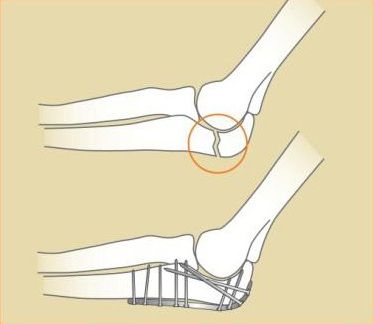 The ulnar process is the most prominent part of the ulna, not protected by soft tissues. This arrangement determines the high frequency of his fractures, which vary in severity from simple fractures without dislocation of the fragments to complex fractures combined with dislocation in the elbow joint.
The ulnar process is the most prominent part of the ulna, not protected by soft tissues. This arrangement determines the high frequency of his fractures, which vary in severity from simple fractures without dislocation of the fragments to complex fractures combined with dislocation in the elbow joint.
The most common injury mechanism is a fall on a bent arm, while due to reflex tension of the triceps muscle of the shoulder, the ulnar process detaches from the bone diaphysis. The second reason is a direct fall on the area of the ulnar process, which can lead to an open fracture. Less often, these fractures occur with overextension in the elbow joint, excessive efforts in throwing sports, and fractures and dislocations in the elbow joint.
The patient experiences severe pain and limited movement in the elbow joint. Soft tissue swelling and subcutaneous hematoma along the back of the elbow become noticeable. Upon examination, pulsation in the arteries of the hand and the neurological status of the limb must be assessed. In most cases, fractures of the ulnar process are isolated. However, given the central position of the elbow joint for the upper limb, when detecting such injuries, careful examination of the entire arm and shoulder girdle is necessary, especially in high-energy injury. The diagnosis is established based on the results of radiography in direct and lateral projections. This study allows us to determine the nature of the fracture – intra- or extra-articular, simple, complex or fragmented, the degree of displacement of the fragments and the direction of the fracture line, the presence of concomitant bone damage. Based on these data, the treatment method is selected. The key point in the treatment of any damage to the elbow joint is the possibility of early development of movements in it, since continued immobilization quickly leads to the development of contractures and persistent limitation of the range of motion. Given the attachment of the triceps tendon to the proximal fragment – the strongest muscle of the arm – stable fixation of this fragment to the diaphysis of the ulna can be achieved only with the help of osteosynthesis. In addition, almost all fractures of the ulnar process, with the exception of the apical ones, are intraarticular, which determines the need for precise reposition, and this can also be achieved only with surgical intervention. A common indication for surgical intervention is displacement of fragments by 2 mm or more, as well as fragmented fractures.
The operation is optimally performed in the first hours and days after the injury. For simple fractures, osteosynthesis is performed with knitting needles and a wire loop according to Weber. This method allows both to stably fix the fragments in the correct position, and to create compression between them, counteracting the traction of the triceps muscle. In more severe fractures, osteosynthesis with a plate and/or an intramedullary screw becomes necessary to achieve the same goals.
Why the EMC
The first and only clinic in Russia, created in the image of the world's leading clinics
EMC is a multidisciplinary center offering patients a high level of medical services and a personalized approach
Worldwide recognition and awards
 Learn more
Learn more
Worldwide recognition and awards
 Certificates and licenses
Certificates and licenses
Make an appointment for a consultation
Specify your contacts and we will contact you to clarify the details
Reviews
and new products of the EMC



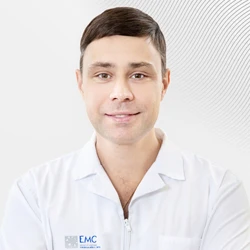



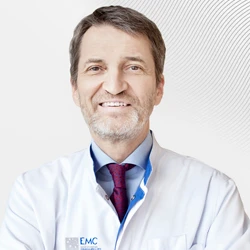

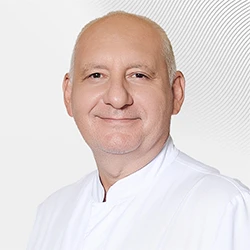
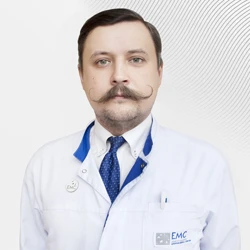

.webp)
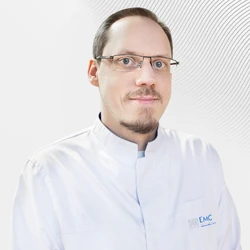
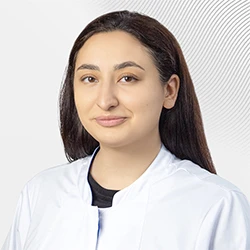
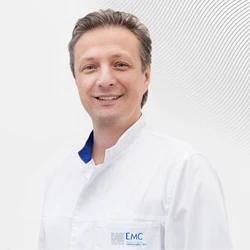
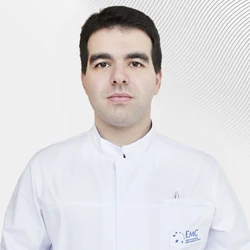
.webp)


